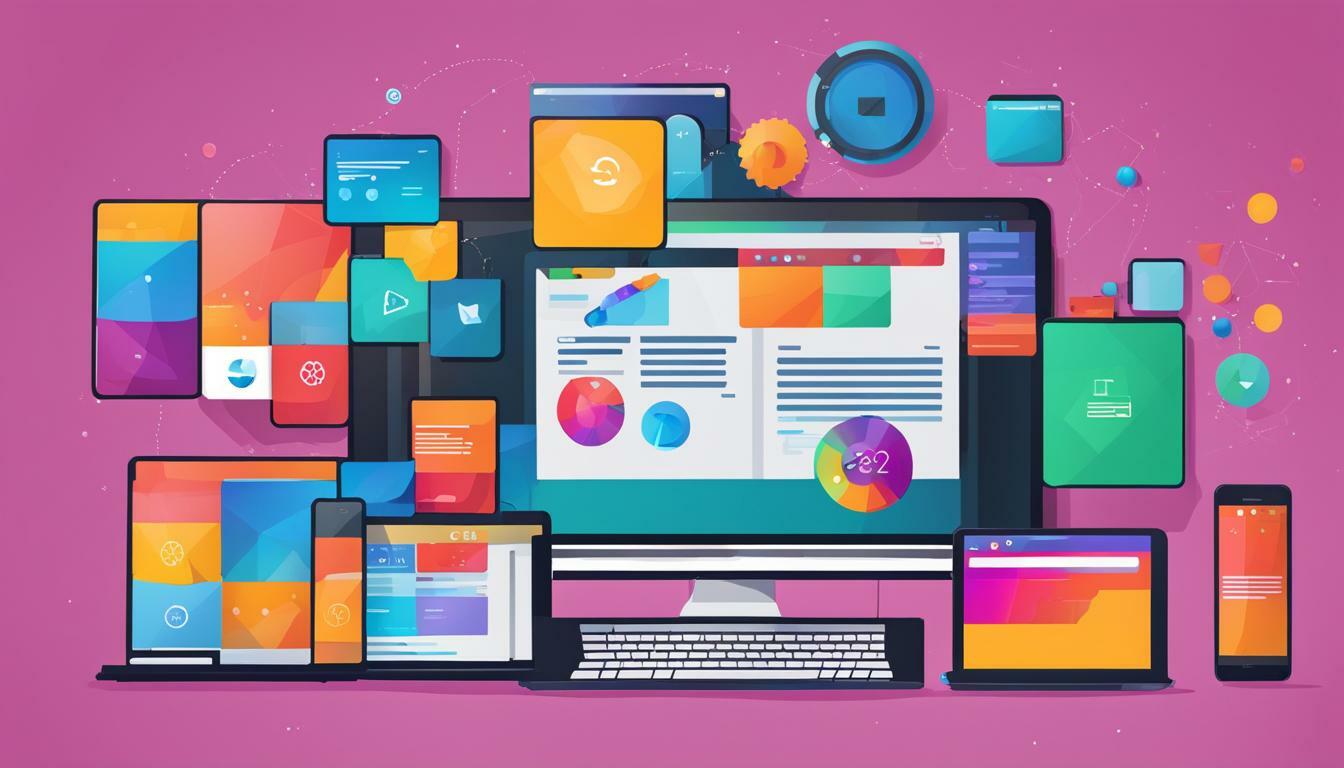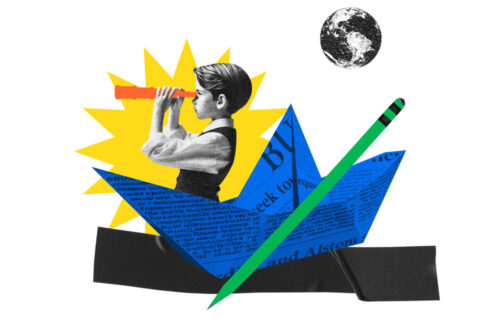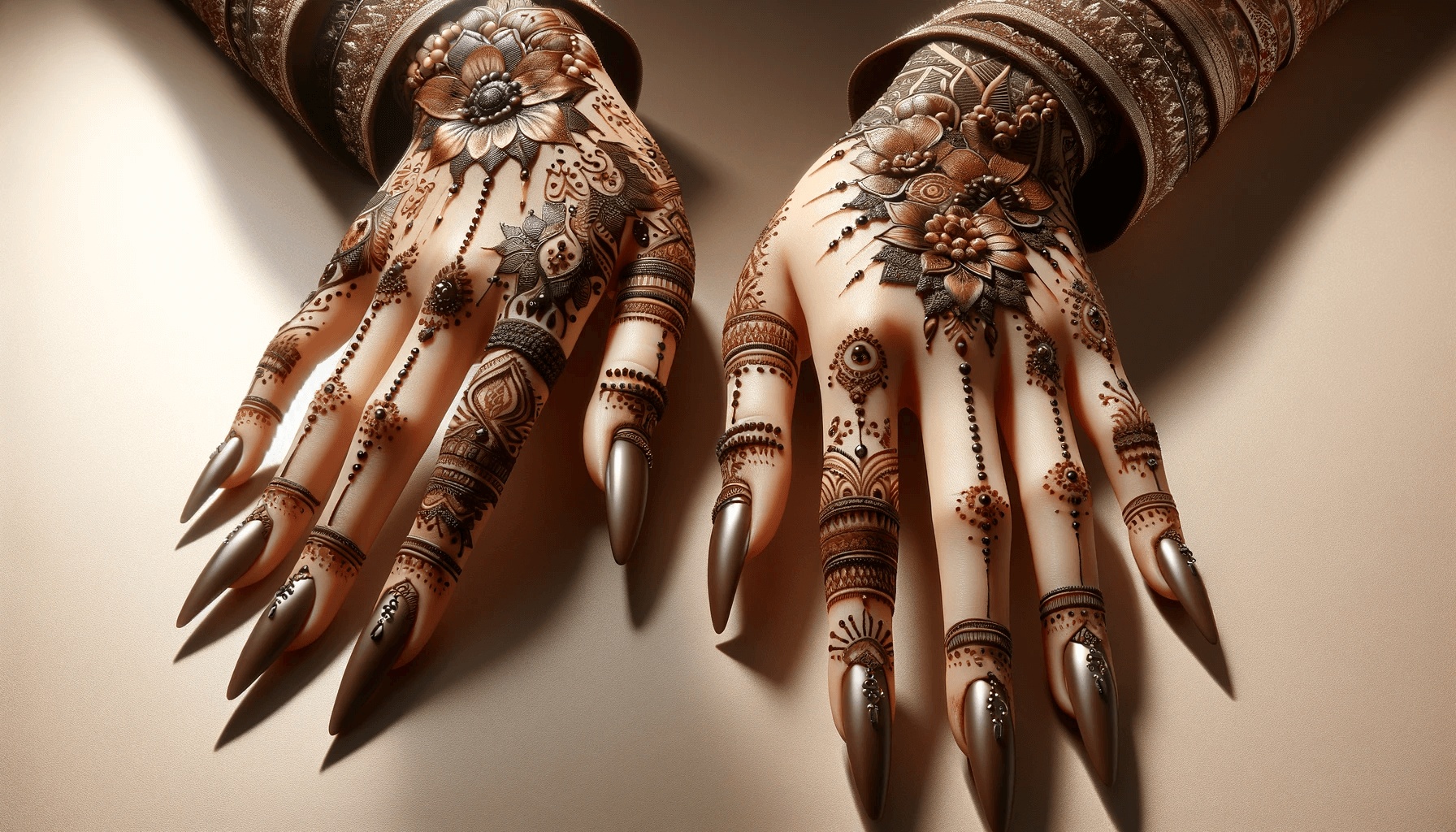Welcome to the world of website graphics! As a savvy digital marketer, you know that your website design plays a crucial role in attracting and retaining visitors. But did you know that the right graphics can take your online presence to the next level? In this section, we’ll explore seven elements of website graphics that can help boost user engagement and keep your audience coming back for more.
When it comes to website graphics, it’s not just about pretty pictures. The right visuals can communicate your brand message, establish trust with your audience, and guide users through your site. From colors and typography to animation and data visualization, there are many ways to use graphics to enhance your website’s impact.
Are you ready to harness the power of website graphics? Let’s dive in and explore seven essential elements that can elevate your online presence and captivate your audience.
Key Takeaways:
- Website graphics can greatly impact user engagement on your website.
- Seven essential elements of website graphics are discussed in this section.
- Proper use of website graphics can communicate brand message, establish trust, and guide users through your site.
Importance of Website Graphics
Hey, you! Yes, you. Do you want to boost your website’s user engagement? Of course, you do! One crucial way to do that is through your website graphics. As a savvy business owner, you know that it’s not just about the information you provide on your website. It’s also about how you present it. And that’s where website graphics come in.
The importance of website graphics cannot be overstated when it comes to user engagement. Why is that, you might ask? Well, it’s all about the power of visual appeal. Human beings are visual creatures, and we are naturally drawn to things that look good. That’s why your website graphics play a significant role in how users interact with your website.
When your website graphics are visually appealing, it creates a positive user experience, which leads to increased user engagement. On the other hand, if your website graphics are subpar, and your website looks unappealing, users are more likely to leave your site quickly, resulting in a high bounce rate.
In summary, website graphics are crucial for boosting user engagement because they create a visually appealing user experience that keeps users engaged with your website. So, make sure you prioritize your website graphics and invest the time and resources necessary to create compelling visuals that resonate with your audience.
Colors and Typography
Congratulations! You’ve made it to the fun part of website graphics: colors and typography. This is where you get to let your creative juices flow and make your website truly unique and eye-catching. But before you go crazy with the color wheel and font options, it’s important to understand their impact on user engagement.
Colors are not just pretty accents on your website; they can evoke emotions and influence user behavior. For example, blue is associated with trust and security, while yellow is often used to convey happiness and optimism. When selecting a color scheme, think about the message you want to convey and how you want users to feel when they visit your website.
Typography, on the other hand, refers to the style and arrangement of fonts on your website. It plays a crucial role in readability and user experience. Choosing the right font can enhance the overall aesthetic of your website, while the wrong one can make it look cluttered or confusing. When selecting fonts, aim for simplicity and readability to ensure users can easily navigate your website.
Choosing the Right Colors
So, how do you choose the right colors for your website? First, determine your brand personality and values. Is your brand playful and energetic, or sleek and professional? This can guide your color choices and help you create a cohesive branding experience across all platforms.
Once you have a general idea of your brand personality, do some research on color theory. Certain colors work better for certain industries and audiences. For example, if you run a health and wellness website, green and blue may be more effective than red and yellow because they are associated with nature and calmness.
Getting Creative with Typography
Typography may seem like a minor detail, but it can have a big impact on your website’s appearance and user experience. When choosing a font, consider factors such as readability, compatibility across different devices, and the overall style of your website.
Think outside the box when it comes to typography. Bold, unique fonts can add personality to your website and make it stand out from your competitors. However, be sure to use them sparingly and avoid overwhelming your users with too many different fonts.
In summary, colors and typography are essential elements of website graphics that can make or break your user engagement. Choose them wisely and creatively to create an immersive and user-friendly website experience.
Images and Illustrations
Congratulations, you’ve made it to the fun part of website graphics! Images and illustrations are the backbone of visually appealing web design. They have the power to evoke emotions, convey messages, and captivate your audience.
But, not all images and illustrations are created equal. You can’t just slap any old picture onto your website and hope for the best. Well, you can, but that would be a wasted opportunity to engage your users.
First things first, let’s talk about the types of visuals you can use on your website. There are stock photos, custom photography, and illustrations. Each comes with its own benefits and drawbacks. Stock photos are widely available and usually affordable, but they lack originality. Custom photography is unique and tailored to your brand, but it can be expensive. Illustrations are versatile and can be customized to fit your brand image, but they can also be time-consuming to produce.
Once you’ve selected the type of image you want to use, it’s time to optimize it for your website. Size matters. Large images can slow down your website’s load time, which will turn off your users. You can compress images without sacrificing quality using tools like TinyPNG or JPEGMini.
Colors also play a crucial role in image selection. Your images should align with your brand’s color scheme and message. If you’re using multiple images on the same page, make sure they complement each other in terms of color and style.
Lastly, don’t forget about accessibility. Not all users can see or process images the same way. Use descriptive alt text to provide context and make your website more inclusive.
Now that you know the basics, go forth and select the perfect images and illustrations to make your website stand out!
Animation and Motion Graphics: Keep Your Users Hooked
Are your website graphics feeling a bit static? Don’t worry; there’s a solution!
Adding animation and motion graphics to your website can make your audience stop scrolling and pay attention. The movement of visuals on a page not only adds interest but also creates an immersive user experience that keeps them engaged.
There are various animation techniques you can apply to your website graphics, including hover effects, parallax scrolling, and loading animations. Hover effects are when an animation is triggered by hovering over an image or button, and parallax scrolling is when the foreground and background images move at different rates creating a 3D-like effect. Loading animations are used to keep the user engaged while the desired content loads on the page.
When adding animation or motion graphics to your website, it’s crucial to do so strategically. You don’t want to overwhelm your users and make the website appear chaotic. Instead, use animation to highlight specific content or direct the user’s attention to where you want them to look.
With the rise of video content in recent years, animation has become an increasingly popular choice for adding interest to website graphics. Motion graphics can be used to explain complex concepts or products in a simplified and visually compelling way, making it a valuable tool for businesses that want to showcase their offerings.
So, spice up your website graphics with some animation and motion graphics, and keep your audience hooked. Who knows, they might even stick around longer than usual just to watch your visuals come to life.
Infographics and Data Visualization
Are you tired of presenting dry statistics and data on your website? Then, it’s time to spice things up with some visually appealing infographics and data visualization. Not only do they make your content look more attractive, but they also help your audience understand complex information quickly and easily.
However, designing effective infographics and data visualization is an art in itself. Your visual content should be informative and engaging without overwhelming your users with too much information. To achieve this, you need to choose the right format, layout, colors, and fonts that match your brand identity and the message you want to convey.
One of the most popular types of infographic is the “How-to” guide. These guides are a great way to break down complex processes into simple, easy-to-follow steps. They can also be used to compare and contrast different products or services, showcasing their unique features and benefits.
Data visualization, on the other hand, is all about turning dull numbers into something exciting and dynamic. With the help of charts, graphs, and other visual aids, you can present data in an easy-to-understand format that your users will enjoy exploring.
Choosing the Right Tools
Now that you know the importance of infographics and data visualization let’s dive into the tools you can use to create them. Here are some of our top picks:
| Tool Name | Features |
|---|---|
| Canva | Easy-to-use drag-and-drop interface, pre-designed templates, and a vast library of fonts, icons, and images |
| Piktochart | User-friendly interface, customizable templates, and a wide range of illustrations, icons, and images |
| Google Charts | Easily integrable with Google Sheets, a large selection of chart types, and customizable colors and fonts |
There are many other tools available for creating infographics and data visualization, so it’s essential to choose the one that best fits your needs.
Remember that the ultimate goal of infographics and data visualization is to communicate complex information in an understandable and engaging way. With the right tools and creative ideas, you can make your data come to life and captivate your audience’s attention.
Responsive Design and Scalability
Congratulations, you’ve made it to the final section! By now, you know that having visually appealing website graphics is crucial for boosting user engagement. But did you know that it’s just as important to ensure that your graphics are responsive and scalable?
Responsive design means that your website graphics adjust to different screen sizes, making them accessible on various devices such as smartphones, tablets, and laptops. With more than half of internet traffic coming from mobile devices, it’s essential to optimize your graphics for smaller screens to ensure a seamless user experience.
Scalability refers to the ability of your website graphics to maintain their quality and functionality while being resized. You don’t want your graphics to lose resolution or become distorted when they’re enlarged or shrunk down. High-quality graphics that scale well can help enhance user engagement and keep visitors on your site for longer.
When designing your website graphics, consider both responsive design and scalability from the start. This will ensure that your visuals are optimized for all devices and maintain their quality, no matter the screen size.
So, take your website graphics to the next level by incorporating responsive design and scalability. Your users will thank you for it, and your engagement rates will soar!




